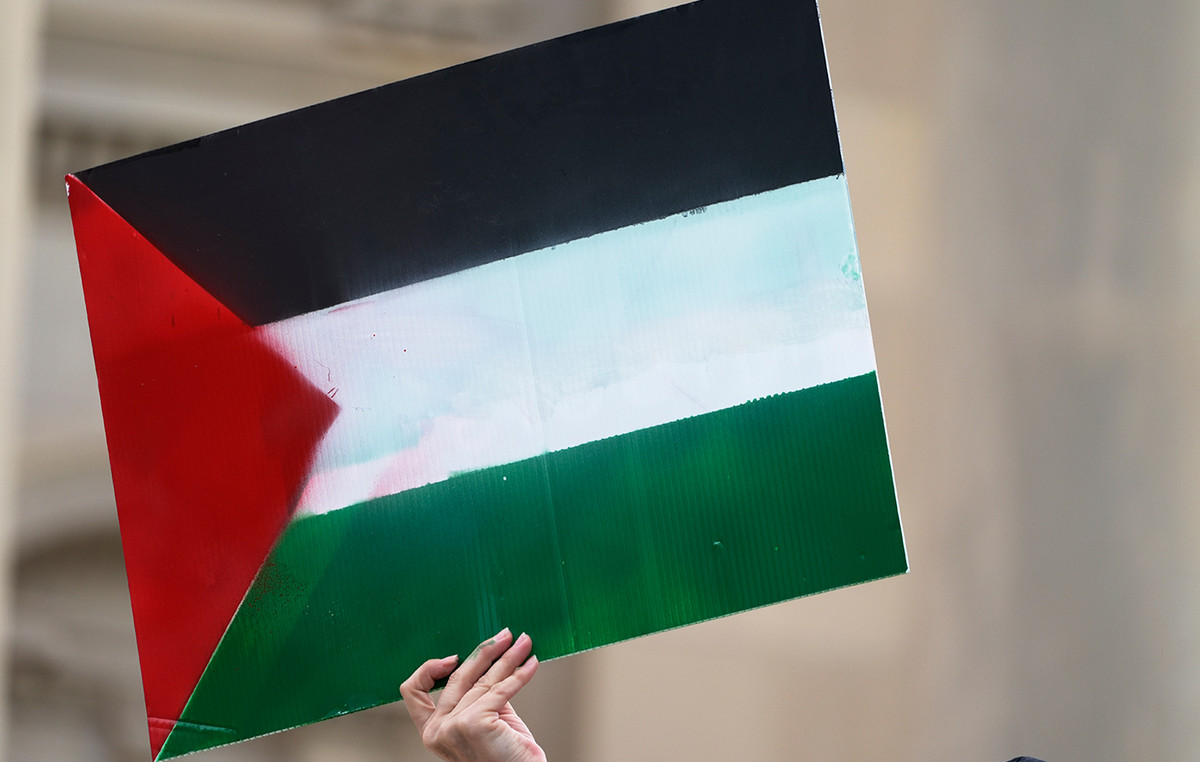“For a long time, the way in which the horror of the Holocaust was thought of was mainly based on the written and oral testimonies of male survivors, even if the “saved” had produced diaries, memoirs, drawings. But much less mentioned. As if they were less important ».
Bruna Bartolo, author of numerous historical essays, wanted to bring to light those testimonies, which had little visibility, despite their importance.
His new book, “Women in the Shoah”, Susalibri publisher, focuses precisely on the «story of these first five written testimonies, of women who had returned: Luciana Nissim Momigliano, Liana Millu, Frida Misul, Alba Valech Capozzi, Giuliana Fiorentino Tedeschi. I tried to make known stories less remembered, but full of content. It was not easy to tell the atrocities suffered at the end of the war, when the desire to “leave again” prevailed: those tales of violence, hunger, psychological oppression, death and gas chambers contrasted with the positive post-war reality in which he wanted to forget, ”he explains.
Bruna Bertolo
How were women in the Shoah “robbed” of their femininity?
«Pregnancies, births, menstruation, which represent moments of a generally happy and expected female vital process in a woman’s life, undergo a ferocious overturning in the concentration camp. The biological events of female life are reversed, often becoming an occasion for pain and certain death. Pregnant women try in every way to hide, as long as possible, this condition that leads inexorably to the gas chamber. It is a gender specific wound that affects women absolutely. After all, the first expropriation of the body takes place from the moment of arrival in the concentration camp, Giuliana Tedeschi said in her book “This poor body”. Being a prisoner meant exposing in public, to ferocious and mocking gazes, one’s body: that body, accustomed according to the custom of those years, to rigorous modesty. A testimony that highlights the expropriation of the female body as a fundamental fact of the logic of the concentration camp ».
Women, often mothers. How did they manage to remain mothers in such a condition, to protect their children?
“In the extermination camp there is no respect for motherhood. Upon arrival at the Birkenau ramp, women with children were immediately sent to the gas chamber. Together with their children. Unless someone was of interest in Dr. Mengele’s science experiments. The same thing for women in advanced pregnancy. This is a brutal aspect … I remembered the verses of the Jewish poet and writer Nelly Sachs, Nobel Prize for Literature in 1966. she In one verse she writes: “Everything ferments in the nests of horror”. It is not the nest that every mother prepares for her baby, it is a horror nest. Towards her inserted in the poem “In the abodes of death” dedicated to crying children, separated from their mothers. “Horrible guardians have replaced mothers,” writes Sachs, “fear feeds the babies and not the mother.” Pregnant women tried to hide their condition. Ben underlines this by Luciana Nissim in her testimony contained in “Memories of the house of the dead”, later included in the volume “Women against the monster” published in 1946. The testimonies of the survivors abound with harrowing stories about mothers sent to the gas chamber because they kept for hand their children. “
To the lower physical resistance compared to men, women, however, contrasted a great mental temper.
«Liana Millu, author of The smoke of Birkenau, said that sometimes men argued about the kind of death that could befall them and added: “Never, never say, we women would have made such speeches. The powerful life instinct of the life mare produced antibodies ”. Often it is the infinite desire to see loved ones again, the daughters left in Turin for Giuliana Tedeschi, for example, to give more strength ».
What is the story that struck you most?
“I was very impressed with the stories that I then put into the book. She was deeply impressed. Very different stories, of young women, who are brutally removed from their normal everyday life to be placed in hell. Among the many, I was moved by the story of Frida Misul and her “sad songs”. A girl who loved opera, who studied singing and music. She was brought, because she was Jewish, to the hell of Auschwitz / Birkenau. She manages to make her companions in misfortune smile in moments with her beautiful voice of hers. Brutally beaten by a kapo with an iron bar that caused her to lose three teeth, she was asked by the kapo herself to sing. It was with a terrible effort that she sang the song “Mom”. And then the Ave Maria. And then the romance of the Butterfly. It was to her surprise that during the night she heard herself called Frida for the first time and not with her “her number”. She was the kapo. She handed her a slice of bread and meat and left. It was New Year’s Eve. Frida divided that slice into eight parts and gave them to her companions. Her voice had also melted a heart of ice like that of the kapo ».
Settimia Spizzichino, the only woman who survived the roundup of the ghetto of Rome, which took place on October 16, 1943. One of the most brutal pages in Italian history. Can you tell us your story?
«Settimia Spizzichino was born in the capital on April 15, 1921. Deported to Auschwitz / Birkenau with most of her family, she returned alone. Her release on April 15, 1945: her birthday. An extraordinary woman who over the years became one of the most important witnesses and historical memories of the Shoah, also the author of a book of testimonies, written with Isa di Nepi Olper, entitled “Gli anni rubati”. Selected by Dr. Mengele for her experiments, she was taken to the operating room and sprinkled with an ointment. Two hours later she was full of sores. She survived, thanks to her strong temper and her character. Not so her beautiful younger sister Giuditta. On the occasion of the centenary of her birth, on 21 April 2021, a postage stamp was issued: against the background of barbed wire and the Auschwitz / Birkenau concentration camp, here is a portrait of Settimia, alongside her famous phrase: ” “”.
–Vanity Fair explores the themes of memory and the future of Europe in a special issue
-Liliana Segre, the voice of memory for We Can Be Heroes
-Argentina, list of 12 thousand Nazis among the papers of a closed bank
Holocaust, Americans don’t know that 6 million Jews died
-France, the anti-Semitism that has existed since the time of the Dreyfus Affaire
Source: Vanity Fair







